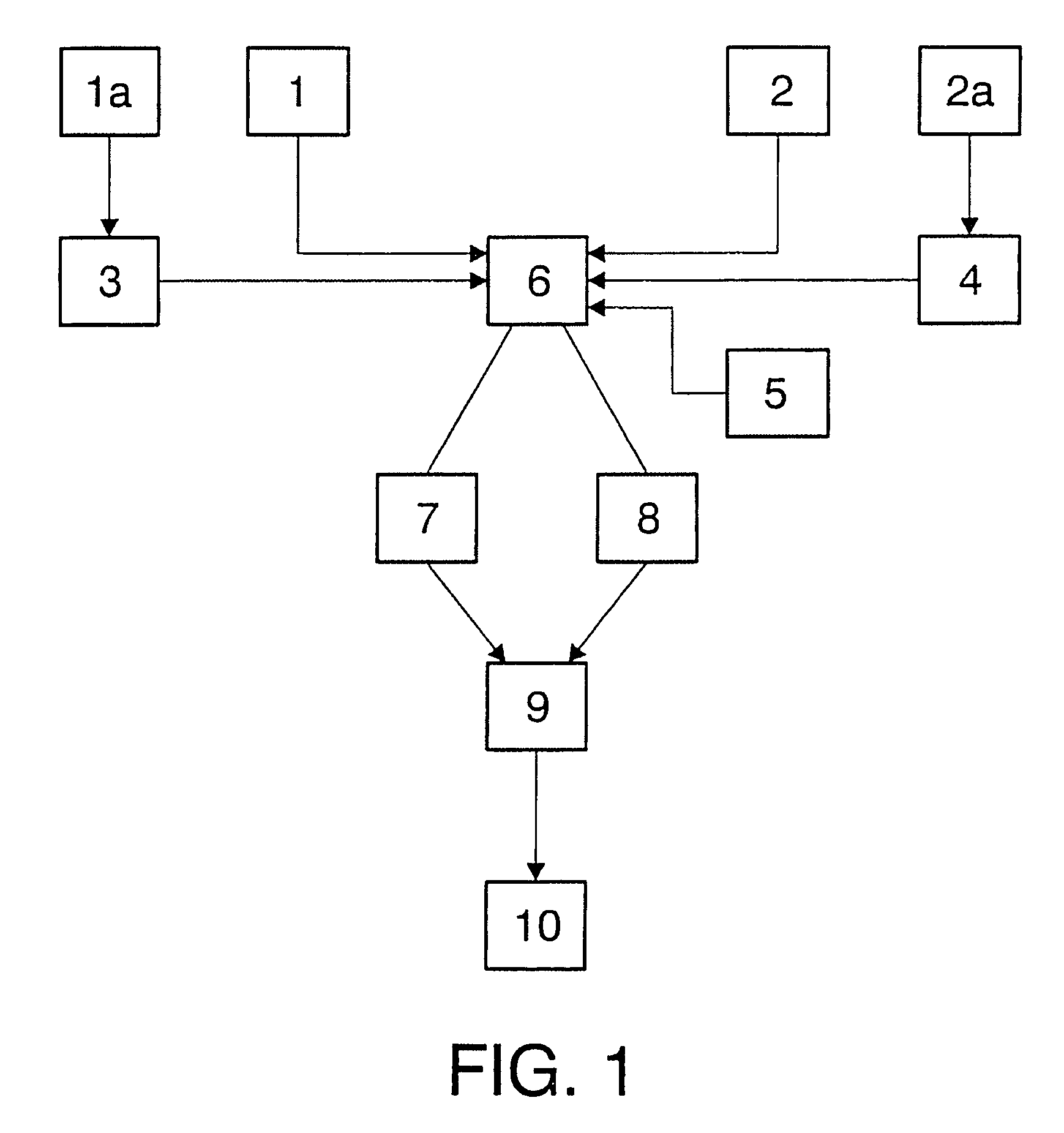Method for obtaining hot-formed products from the liquid and dense fractions of antarctic krill
a technology of antarctic krill and liquid fraction, which is applied in the field of obtaining hot-formed products from the liquid fraction and the dense fraction obtained from antarctic krill, can solve the problems of low demand for current available food products, and achieve the effect of high added value and desired texture and flavor
- Summary
- Abstract
- Description
- Claims
- Application Information
AI Technical Summary
Benefits of technology
Problems solved by technology
Method used
Image
Examples
example no 1
[0036] 240 g of liquid fraction (77.1% in mass) are mixed with 1.55 g (0.5% in mass) common salt and 70 g (22.4% in mass) of cooked krill meat. Molds are filled with this mixture and later subjected to a heat treatment at 95° C. for 15 minutes. Upon cooling a hot-formed product is obtained, jellified, with an anisotropic structure including bits of meat, which does not suffer from syneresis and tastes like seafood. This product adopts the shape of the mold where it is heat-treated.
example no 2
[0037] As in Example 1, with the difference that 209 g of liquid fraction (59.92%) are mixed with 70 g of cooked krill meat (20.07%), 1.55 g common salt (0.44%) and 3.1 g sugar (0.88%), 1.55 g of starch (0.44%) and 51.15 g of egg white (14.66%) are dispersed and 12.4 g of vegetable oil (3.56%) are emulsified. The mixture obtained is extruded through a round nozzle of an extruding machine at a temperature of 70° C. for 30 minutes. A jellified product is obtained with an anisotropic structure and rigid consistency, not suffering from syneresis, with a cylindrical shape and seafood flavor.
example no 3
[0038] As in Example 1, with the difference that 209 g of liquid fraction (99% in mass) are mixed with 1.2 g (0.5% in mass) of cooked krill meat and 1.2 g (0.5% in mass) common salt. The mixture is homogenized, poured into molds and heat treated from approximately 20 minutes at a temperature of 85° C. A jellified product is obtained with an isotropic structure and rigid consistency, not suffering from syneresis, with a seafood flavor and pale pink in color, in the shape of the mold.
PUM
 Login to View More
Login to View More Abstract
Description
Claims
Application Information
 Login to View More
Login to View More - R&D
- Intellectual Property
- Life Sciences
- Materials
- Tech Scout
- Unparalleled Data Quality
- Higher Quality Content
- 60% Fewer Hallucinations
Browse by: Latest US Patents, China's latest patents, Technical Efficacy Thesaurus, Application Domain, Technology Topic, Popular Technical Reports.
© 2025 PatSnap. All rights reserved.Legal|Privacy policy|Modern Slavery Act Transparency Statement|Sitemap|About US| Contact US: help@patsnap.com

